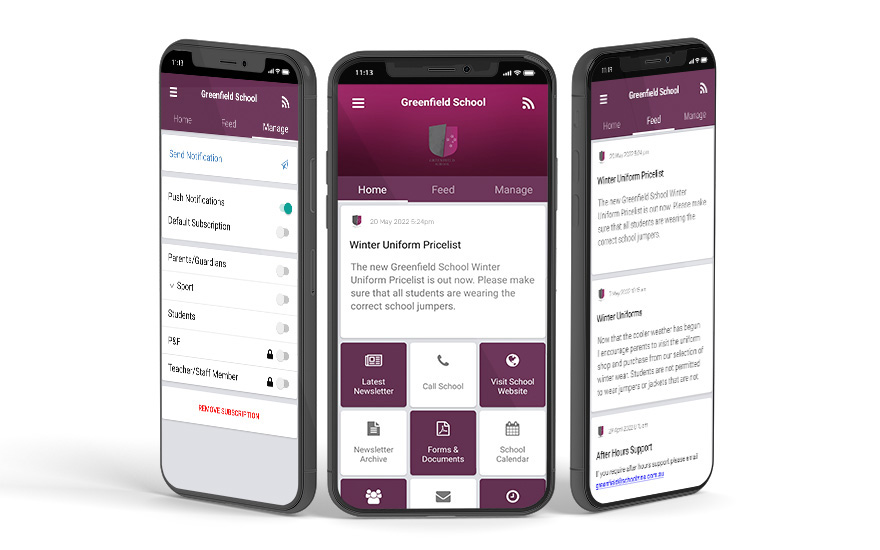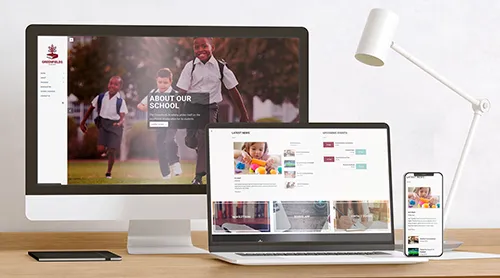In the age of digital communication, group chats have become an integral part of our lives. Whether it’s for coordinating a family gathering, planning a weekend trip with friends, or collaborating on a work project, group chats have proven to be efficient tools. However, they are also finding their place in an unexpected setting – schools. In this blog, we will explore the pros and cons of group chats in schools and discuss how to effectively manage your school communication around this modern medium.
The Rise of Group Chats in Schools
Over the past few years, the use of unofficial group chats in schools has seen significant growth. Many students, teachers, and parents have found themselves creating or joining one initially as a way to share information, discuss important matters, and stay connected. While the adoption of technology in education is generally seen as positive, unofficial group chats can often lead to negative outcomes. Here we dive into the positive and negatives and what your school community can do instead.
Pros of Group Chats in Schools
- Instant Communication: Group chats allow for quick and easy communication among students, teachers, and parents. This instant connectivity can be crucial in cases of emergencies, schedule changes, or important announcements.
- Sharing Resources: Teachers can use group chats to share educational resources, assignments, and study materials. This enhances the learning experience and fosters collaboration among students.
- Parent-Teacher Communication: Group chats enable teachers to keep parents informed about school activities, student progress, and upcoming events. This can lead to better parental involvement in their children’s education.
- Collaboration and Peer Support: Students can work together on group projects and assignments, ask questions, and offer each other support. This promotes a sense of community and shared learning.
- Community building: Parents can get to know each other on a deeper level, enjoy sharing tips and communicating on a greater level.
Cons of Group Chats in Schools
- Breeding ground for negativity: An unofficial group chat can be a breeding ground for negativity. They may become platforms for insensitive comments among parents, a breeding ground for rumours and gossip, or a venting space for complaints.
- Privacy Concerns: Group chats can sometimes lead to privacy issues, as messages can be easily forwarded or screenshotted, potentially causing harm to students or teachers.
- Information Overload: Group chats can become cluttered with messages, making it challenging to locate important information. This overload can lead to confusion and result in missed messages, hindering effective communication.
- Incorrect information: When multiple people have the ability to send messages in large group chat, it runs the risk of unofficial school announcements and the spread of misinformation. This can lead to confusion and misinformed decisions within the school community.
- Lack of accountability: In group chats, it’s easy for individuals to hide behind anonymity, leading to a lack of accountability for their words and actions. This can foster a toxic atmosphere where individuals are less likely to take responsibility for their behaviour.
Effective Management of School Communication
Unnoficial group chats have no place in the school community. They can cause more hassles for school management and foster negative environments for classrooms. To manage school communication effectively it’s recommended to use a good Student Management System and create and distribute a regular, engaging newsletter.
When executed correctly, a good school communication strategy can centralise information, streamline communication, and maintain consistency across various channels. This minimises the risk of misinformation, confusion, and the use of unofficial group chats.
A well-crafted newsletter serves as a vital tool in providing important updates, event schedules, and highlighting the accomplishments of students and faculty. By delivering engaging content, it captivates the audience, fostering a sense of belonging and pride within the school community.
Ultimately, the goal is to create an environment where communication is structured, transparent, and easily accessible to the students, teachers, parents and the greater school community. This approach not only reduces the likelihood of unofficial group chats but also creates a positive, cohesive environment that supports the overall educational mission of the school.
Through consistent and inclusive communication practices, schools can effectively steer away from the disruptions caused by unofficial group chats and instead build a community that thrives on collective engagement and shared achievements.
Ready to improve your school communication? Book in for a free demo with our friendly team to see how Schoolzine can work for you.







